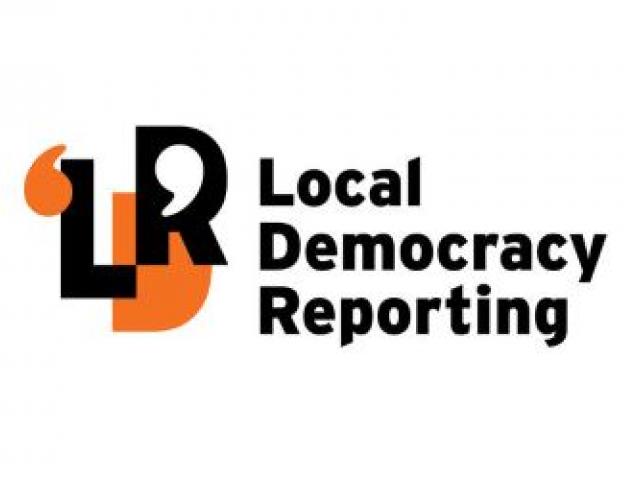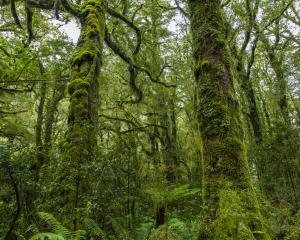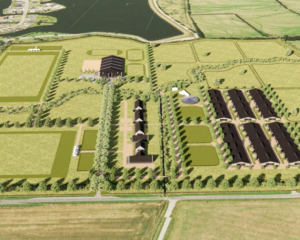
The West Coast Regional Council, using decades of previous data, plans to work with adjoining landowners to address polluted waterways using non-regulatory methods.

Waimea Creek, which hosts almost a dozen working gold mines, is one of the worst three.
Several abatements have been slapped on mine operators following a raft of complaints.
Bradshaws Creek near Westport and Baker Creek near Karamea are the others, where farming is believed to be contributing to poor water quality.
The council’s resource management committee agreed on May 7 to press pause on its Freshwater Farm Plan measures as it awaits a government review of the system.
The regional council then endorsed promoting a voluntary approach using the catchment management programme.
Acting planning manager Selva Selvarajah said the proposed approach in working with adjoining landowners was "almost brand new" for the region.
Until now, catchment issues had been dealt with by the council on a case-by-case basis.
"Non-regulatory methods" using catchment management programmes could be effective, based on wider experience.
The pause now on the Freshwater Farm approach gave scope for the council’s own catchment programme, he said.

Decades of catchment data held by the council was used to identify the most problematic areas, Mr Selvarajah said.
Programme co-ordinator Koeen Beets said the database on E. coli, phosphorus, clarity and macroinvertebrates helped to identify "the poorest" catchments.
Waimea Creek, Bradshaws Creek and Baker Creek were "the worst-case scenarios".
Waimea had "a very poor" clarity score linked to activity in the catchment. Yet-to-be-harvested plantation forestry, mining and farming were believed to be factors.
Mr Beets said mixed farming dominated Bradshaws Creek, and he presented a picture of stock pugging on that creek’s bank as an example.

That beach has been on the council’s radar for years for its poor swimming water quality.
Mr Beets said that catchment would require a broad approach to understand the complex factors at play.
Council environmental scientist Jonny Horrox said Martins Creek would not be ignored following a previous community-group approach.
There was less farming in that catchment compared with Bradshaws, he said.
Mr Beets said the E. coli levels for the dairy-dominated Baker Creek at Karamea was very poor.
He said it was on a score where if a swimmer dipped into it 100 times, they would become sick from seven of those swims.
Consultant Nicola McGrouther, an expert in catchment management, said the aim was to support adjoining landowners to voluntarily make changes to improve water quality.
"They need to be farmer-led and community-led", she said.
Each catchment programme would be unique and have an underlying standard approach similar to that used by the NZ Landcare Trust community catchment model.
Cr Frank Dooley, who queried a possible link between Westport’s wastewater treatment site and the headwaters of Bradshaws Creek, said he wanted to see an action plan on how the groups would be formed.
Council chief executive Darryl Lew said the council already had external funding to employ Mr Beets as the direct contact, and two further interns.
Mr Lew said the council could direct adequate resources to support three catchment groups in the meantime with the existing funding until June next year, the proposed long-term plan incorporating it from there.
— Brendon McMahon, Local democracy reporter
— LDR is local body journalism co-funded by RNZ and NZ On Air.












